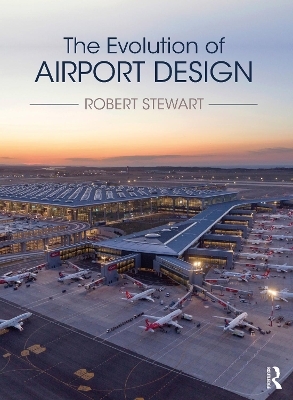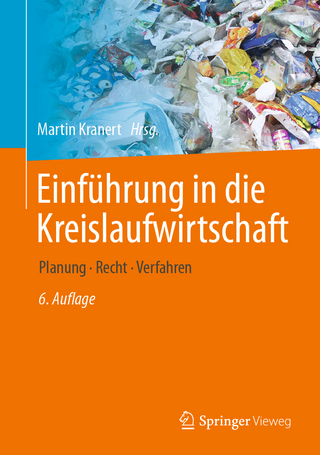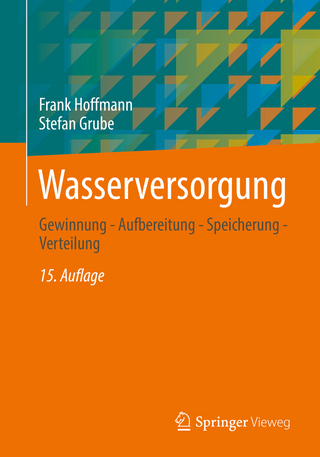
The Evolution of Airport Design
Routledge (Verlag)
978-1-032-34740-0 (ISBN)
This is the first book to comprehensively cover the evolution of airport design, from the start of commercial aviation in 1919 to the present day. Many books have been written about airport design at a particular moment in history, but none have rigorously considered why, where, when and how the ideas we now take for granted originated.
This book traces the history of airport design considering the philosophies adopted by designers, the functional layouts they have developed and the resultant form of the airport through a series of 40 case studies divided into 7 eras of approximately 20 years each. The themes include:
The philosophies underpinning airport design
The evolution of design responses
How airports have avoided obsolescence
Identification of the key turning points
The evolution of master plans and terminal concepts in response to increasing traffic volumes
The future of airports in terms of environmental sustainability and the Covid-19 hiatus
The case studies are international, covering the USA, Germany, the UK, France, the Netherlands, Singapore, Saudi Arabia, Japan, Hong Kong, Malaysia, South Korea, Thailand, Spain, United Arab Emirates, China, Turkey, Mexico, Australia and Poland. They are illustrated with full colour, many of which have not been published before and form part of an incredible graphic package. This book is essential reading for architects, engineers, planners and environmentalists alike.
Robert Stewart has 30 years’ experience in the master planning and architectural design of major airports. He has led the aviation and transport sectors in a major architectural practice with a personal emphasis on airport master planning, facilities design, terminal and ancillary projects architectural design. His work encompasses more than 50 airport projects, including master planning the ancillary facilities for the Heathrow Expansion Project, the design of the New London Hub Airport (Boris Island), Gatwick North Terminal, Bristol, Heathrow T5 and Runway 3 (for British Airways), London City and Medina Airports. His experience of designing for both airports and airlines has allowed him to write this book with the unique perspective of an ‘insider’ who understands the drivers of growth and change that have led to the evolution of airport design.
1. Introduction 2. Experimental Period 1904 - 1919 3. Pioneering Era 1920 - 1939 4. Evolutionary Phase 1940 – 1959 5. Jet Age 1960 – 1979 6. Transfer Interchange 1980 – 1999 7. Mega Hub 2000 – 2019 8. Future Developments 9. Conclusion
| Erscheinungsdatum | 15.05.2024 |
|---|---|
| Zusatzinfo | 2 Tables, color; 145 Line drawings, color; 455 Halftones, color; 600 Illustrations, color |
| Verlagsort | London |
| Sprache | englisch |
| Maße | 210 x 280 mm |
| Gewicht | 1420 g |
| Themenwelt | Naturwissenschaften ► Biologie ► Ökologie / Naturschutz |
| Technik ► Architektur | |
| Technik ► Fahrzeugbau / Schiffbau | |
| Technik ► Luft- / Raumfahrttechnik | |
| Wirtschaft ► Volkswirtschaftslehre | |
| ISBN-10 | 1-032-34740-6 / 1032347406 |
| ISBN-13 | 978-1-032-34740-0 / 9781032347400 |
| Zustand | Neuware |
| Informationen gemäß Produktsicherheitsverordnung (GPSR) | |
| Haben Sie eine Frage zum Produkt? |
aus dem Bereich


